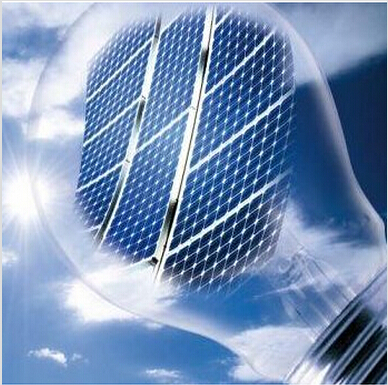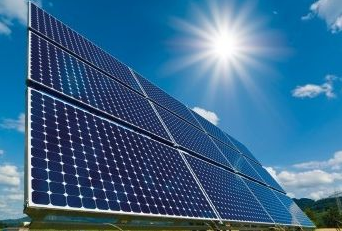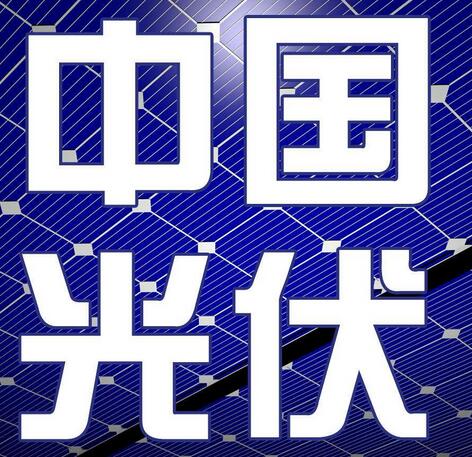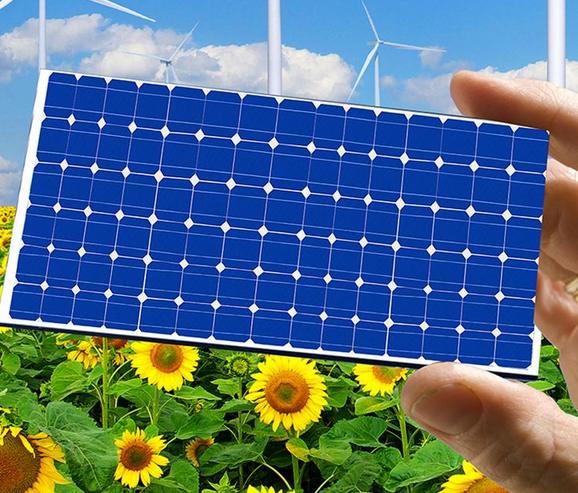"In addition to high efficiency and high yield, what else is indispensable for photovoltaic power plants?"
"Safety!"From large-scale ground power stations to distributed small power plants today, photovoltaics are getting closer and closer to people's lives. The large-scale outbreak of distributed photovoltaics in 17 years also marked the formal development of photovoltaics as a viable living product.
Whether or not a power plant is highly efficient and high-yield is an issue that every PV owner/investor is most concerned about, but at the same time, there are still many people who are concerned about one of the most basic but easily overlooked issues: safety.
Different from the large-scale ground power stations that independently occupy the land, distributed photovoltaic power generation needs to be attached to residential buildings, industrial plants, warehouses, commercial buildings, and school municipal buildings. These building carriers are generally densely populated and equipped with relevant precision instruments and equipment. Or the characteristics of flammable materials are stored, so the requirements for safety performance of distributed photovoltaic power generation are more stringent. It must be ensured that photovoltaic power generation does not affect the original production and living functions of these buildings, and there is no potential safety hazard for personnel, production, or materials.

In terms of security, we first look at the regulations of each country:
In the United States, the Fire Protection Association revised the national electrical code: "In a residential photovoltaic system, in the event of an emergency, the voltage at the DC terminal must not exceed 80 volts after the AC system is disconnected from the grid.
In Italy, firefighters cannot carry out fire fighting work when the building is under voltage.
Germany, the first to implement the VDE fire safety standard, clearly requires the addition of a DC cut-off device between the inverter and the component in the PV system.
Australia, according to the OVE R11-1: 2013 specification, there must be circuit breakers near the components.
It is clear that the first consideration for the safety of photovoltaic power plants worldwide is high-voltage direct current within the system. HVDC not only affects the rescue work, but also is one of the main causes of fire (high voltage DC arcing). Therefore, in foreign countries, the micro-inverter with a DC-side voltage of only about 40V is a citron.

The safety of micro-inverters is not only reflected in the low voltage of 40V. As we all know, the definition of the operational life cycle of photovoltaic power plants in the industry is 25 years. To ensure stable power generation for 25 years, the quality, safety, and operation and maintenance of power plants are indispensable. The micro-inverter has component-level monitoring. The operational status of each component can be observed in real-time during a 25-year operating cycle. If a security failure occurs, feedback will be obtained at the big data monitoring platform for the first time, while ensuring the efficiency of power generation. Improve the overall system security.
















 RCCN WeChat QrCode
RCCN WeChat QrCode Mobile WebSite
Mobile WebSite







